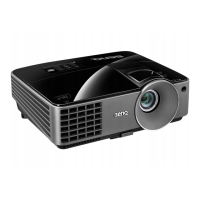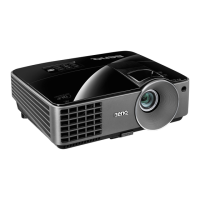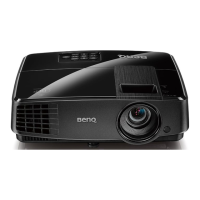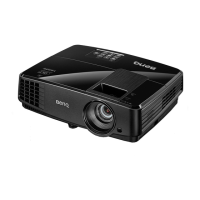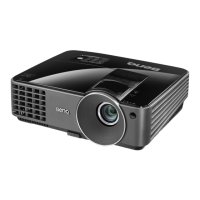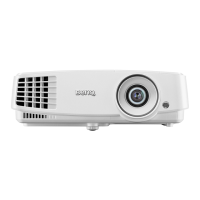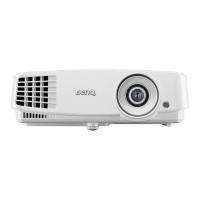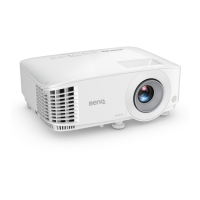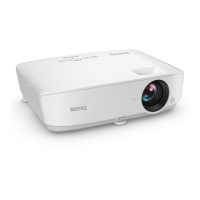How to fix BenQ Projector that does not turn on?
- MMichael JacksonJul 26, 2025
If your BenQ Projector doesn't turn on, first ensure the power cord is securely plugged into both the projector's AC power jack and a working power outlet, checking that the outlet switch is on. Also, if the projector is cooling down, wait for the process to complete before attempting to power it on again.
